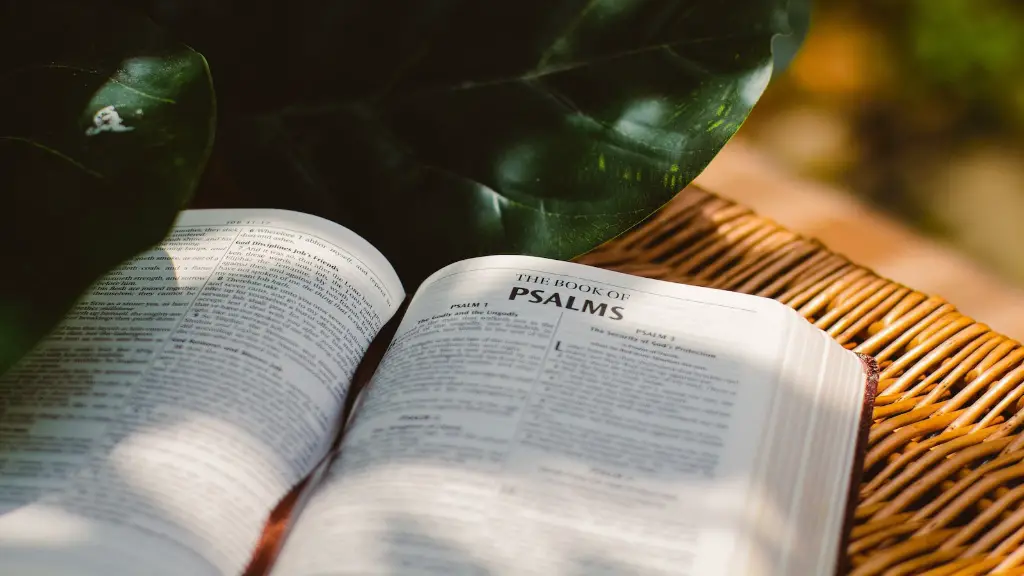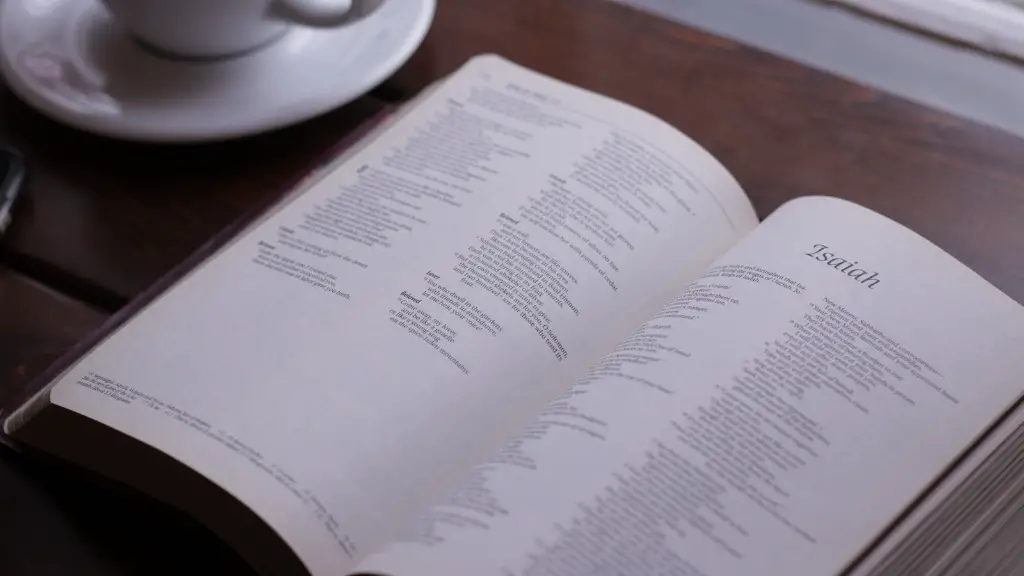Rainbows have been a part of the Christian faith since the days of the Old Testament, although their meaning has changed in the New Testament. In the Old Testament, they are a sign of God’s promise never to again destroy humanity with a flood, while in the New Testament they have come to mean hope, joy and restorative justice. Rainbows in the Bible can be seen as a reminder of God’s mercy, grace and faithfulness.
The first occurrence of a rainbow in the Bible is in Genesis 9. In this passage, Noah and his family have just come off the ark, and God blesses them with a promise never again to send a flood to destroy all life. God said: “I establish my covenant with you, that never again shall all flesh be cut off by the waters of the flood, and never again shall there be a flood to destroy the earth”(Genesis 9: 11). At this time, God also puts a rainbow in the sky, as a reminder of the promise he made to Noah. The rainbow was thus seen as a sign of divine protection, one that could not be broken by man.
The second occurrence of a rainbow in the Bible is in the book of Revelation 4. In this passage, Jesus is seen resting on a throne surrounded by 24 elders, and a rainbow encircles the throne. This rainbow is seen as a reminder of God’s mercy and grace, and of his promise of hope and restorative justice. It is seen as a reminder of the New Covenant, where God’s mercy and grace are extended to all people. The rainbow is thus a symbol of promise, hope, and assurance.
The third occurrence of a rainbow in the Bible is in Ezekiel 1. Here, the prophet Ezekiel is having a vision of a figure he refers to as “the man in the whirlwind” and he sees a rainbow around him. This rainbow is seen as a reminder that God is with us, even in our darkest times and will provide guidance and strength. It is also a reminder of the promises made to us in the Bible, that God will never leave us or forsake us. The rainbow is thus a symbol of faithfulness, hope, and assurance.
Rainbows have been seen by many as a sign of hope and joy. The Scriptures remind us that God is faithful and will never forsake us, and that he offers us hope through his promises for a better future. With this in mind, the rainbow can be seen as a reminder that no matter what we experience in this life, we can find hope in God’s goodness and mercy.
The Rainbow Bridge
In addition to the rainbows mentioned in the Bible, there is also a belief in something called “the rainbow bridge”. This is a mythological bridge between Heaven and Earth and is said to be used by deceased loved ones to visit us in our dreams. The rainbow bridge is a symbol of hope and comfort in times of grief and pain. It is a reminder that although those we have lost have moved on, they are still with us in spirit.
Rainbow Colors
The colors of the rainbow are also connected to biblical symbolism. Red stands for peace and prosperity, orange for joy and healing, yellow for grace and enlightenment, green for fertility and abundance, blue for tranquility and depth, indigo for trust and commitment, and purple for justice and leadership. Thus, the colors of the rainbow each represent something different, but together they provide the full spectrum of God’s goodness and mercy.
Rainbow In Popular Culture
The rainbow has become a popular symbol of acceptance and diversity in modern times. It is often used to represent the LGBTQ community, but it can also represent the acceptance of all people regardless of race, religion, gender, or sexual orientation. This modern interpretation of the rainbow draws on the same biblical symbolism of peace, justice, and hope.
Rainbow Symbolism in Art
Rainbows can also be seen in Christian art and architecture. Many churches have stained glass windows that feature rainbows and it is not uncommon to find rainbows on church walls, as well. These rainbows are an expression of Christian hope, reminding us that even in times of darkness, God is always present and will never abandon us.
Conclusion
Rainbows are a powerful symbol in the Bible. They represent the promise of God’s never-ending protection and grace and are a reminder of his promises of hope and restorative justice. They can also be seen as a sign of acceptance and diversity, as a reminder that all people are loved. Thus, rainbows have come to mean so much more than just pretty colors in the sky; they are a reminder of God’s loving-kindness and mercy.


